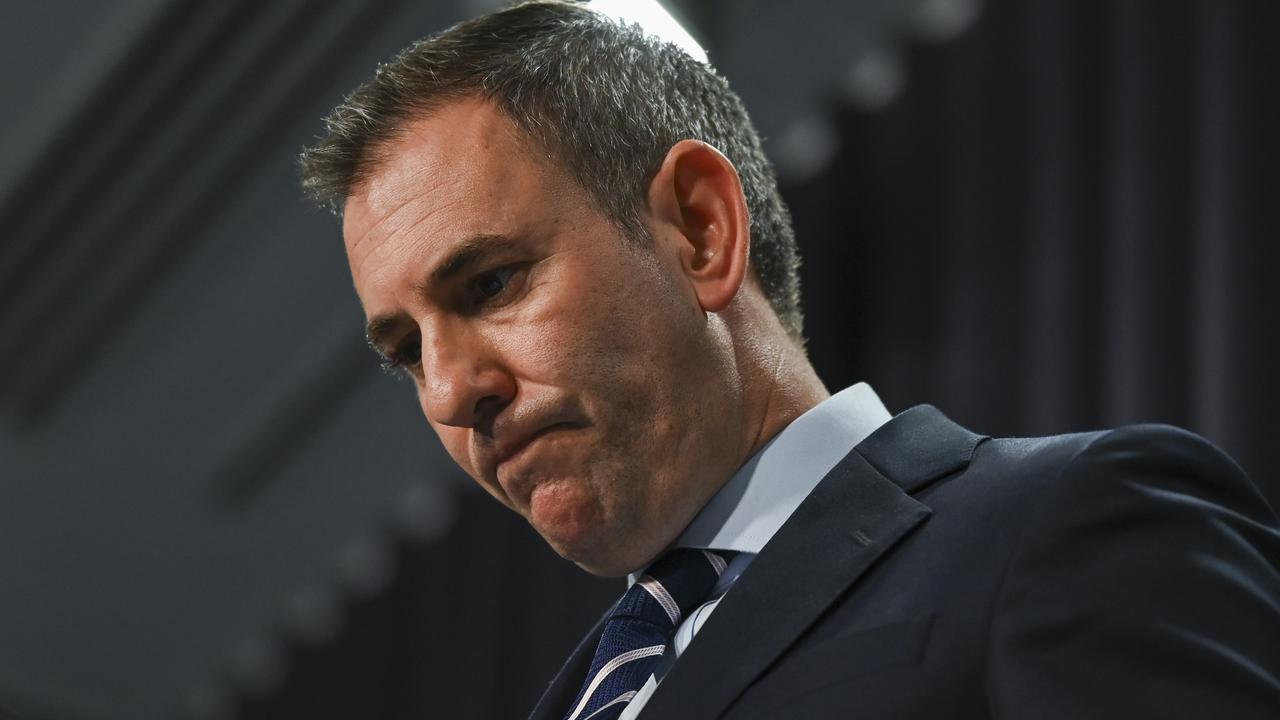Michele Bullock and the RBA board have shown they will not be pushed around
This interest rate rise was a surprise to many - but it indicates that Michele Bullock and this board are answerable only to what they see as their one job - to control inflation.

I was somewhat surprised and definitively wrong.
The September quarter inflation numbers did not demand an immediate rate hike.
Waiting to see the December quarter inflation numbers at the end of January would have cost nothing.
Or even, just waiting for the next meeting in early December to get more data on the economy – and, utterly crucially, to see where the turmoil in the Middle East was taking the global economy.
Conspicuously missing from governor Michele Bullock’s statement was the word “material” – as the basis for the rate hike.
She had stressed on a number of occasions that the board would have “no hesitation” in hiking if the RBA’s assessment of the outlook for the inflation, in the wake of the September quarter numbers, showed a “material deterioration”.
Yet she did not claim that as the basis for the hike. And indeed, what she did disclose of the revised RBA forecasts – which will be published in full on Friday – denied any such “material” deterioration.
In August, the RBA forecast inflation would be down to 3.3 per cent at the end of next year, and finally back within the 2-3 per cent (mandated) target band – just, at 2.8 per cent – by December 2025.
In announcing the hike she said the latest RBA forecast had inflation around 3.5 per cent by end-2024.
I do not regard 3.5 per cent as a “material” deterioration from 3.3 per cent; and certainly not the basis for rushing to an ‘emergency’ rate hike.
Further, she said the latest forecast had inflation at “the top” – whatever that means; we will find out Friday – of the (2-3 per cent) target range by end-2025; as against August’s forecast of 2.8 per cent.
Again, nowhere near a “material” deterioration.
Therefore, one must conclude Bullock chose very deliberately to draw some lines in the sand.
The big and very public one, as I discussed last week, is that she – and, importantly, also her board – would not be bullied or ‘advised’ by Treasurer Jim Chalmers.
When the inflation numbers surfaced two weeks ago, Chalmers said Treasury had advised they did not spark a “material” deterioration.
‘Hint, hint’, to Bullock and her board: nor should you. So, don’t hike.
As I wrote, the easiest way to say “we” – both the royal we, Bullock, and the collective we, the board, won’t be bullied/advised would be to hike.
The second, arguably, more important line, she’s drawn, is that she – and so far also her board – will chase lower inflation over lower unemployment.
And very specifically, that 2-3 per cent inflation target.
Even if the jobless rate goes to 4.25 per cent, as she now predicts – or hopes.
But even, if necessary, unemployment has to be allowed to go higher and perhaps even much higher.
And, critically, she has at least the majority of her current board behind her. A board (of eight, before she finally gets a voting deputy-governor), which includes two recent Chalmers appointments and his treasury secretary Steven Kennedy.
We don’t know what the vote was Tuesday; sometime next year we will get board votes being disclosed.
Originally published as Michele Bullock and the RBA board have shown they will not be pushed around



